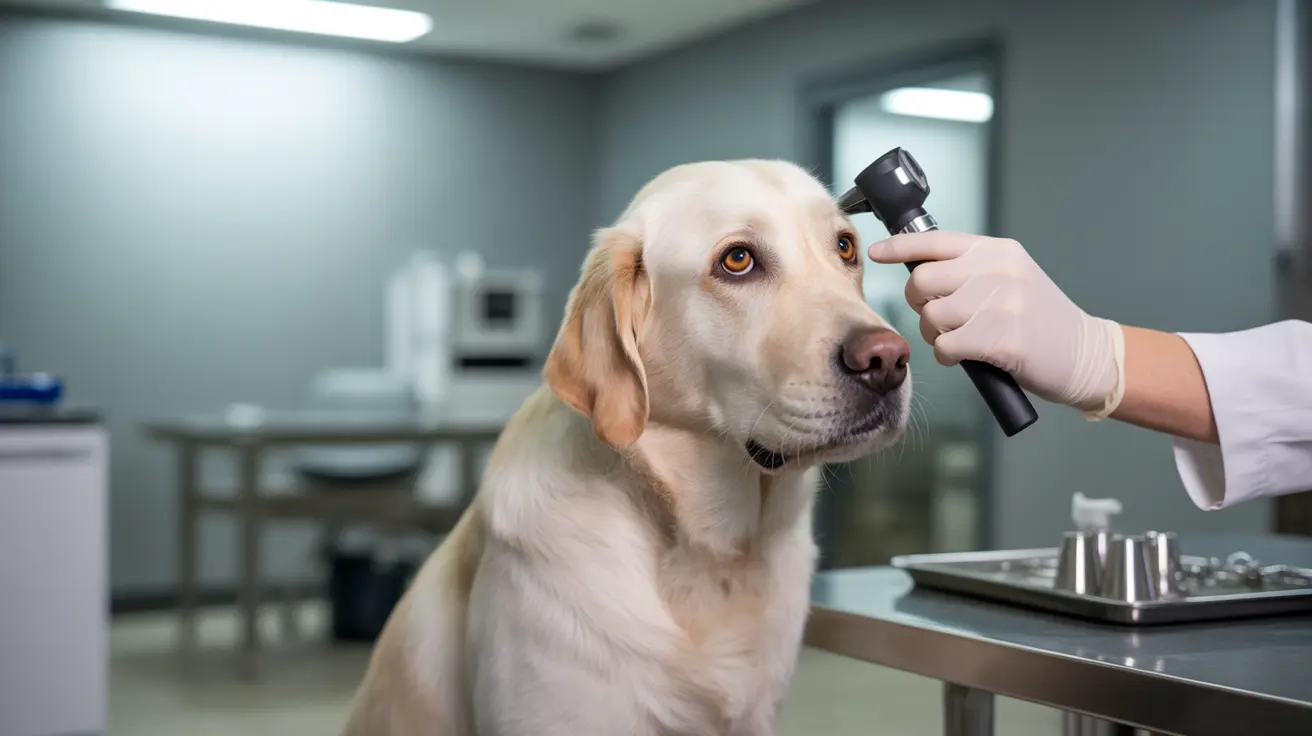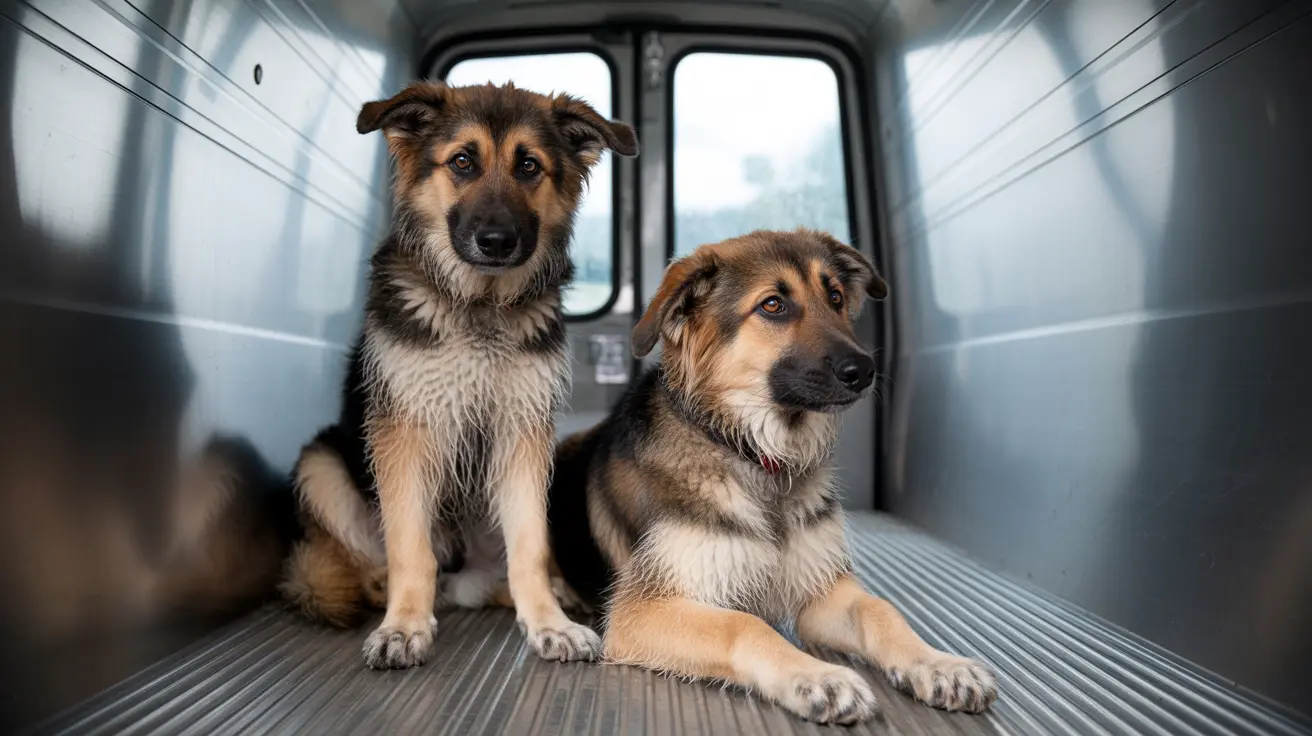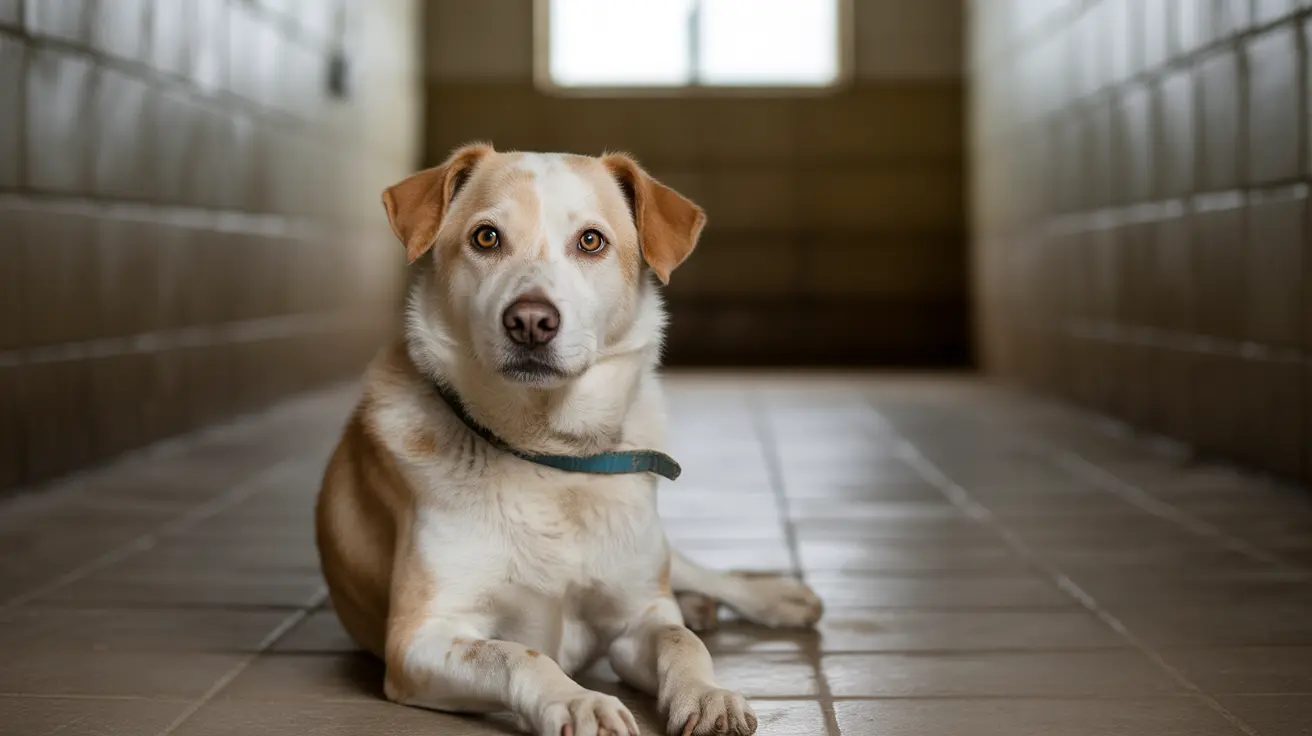Many pet owners assume that vision problems are primarily a human concern, but the reality is that myopia in dogs and other animals is more common than most people realize. Recent research and veterinary insights have revealed that our canine companions can indeed suffer from short-sightedness, with certain breeds showing higher predispositions to refractive errors. Understanding these vision issues can help pet parents recognize when their furry friends might be struggling to see clearly.
While the mechanics of animal vision testing differ significantly from human eye exams, veterinary ophthalmologists have developed specialized techniques to diagnose and understand vision problems in our pets. From household dogs to wild cheetahs, the animal kingdom presents fascinating examples of how different species adapt to and cope with various visual challenges.
Dog Short-Sightedness Signs and Diagnosis
Recognizing vision problems in dogs requires careful observation of behavioral changes. Unlike humans who can verbally communicate visual difficulties, dogs rely on their owners to notice subtle shifts in their daily routines. Common indicators include bumping into familiar objects, difficulty recognizing people or toys at a distance, and reluctance to jump or navigate stairs.
Pet owners might also observe increased anxiety in their dogs, along with behavioral changes such as increased clinginess or unexpected aggression. These reactions often stem from the confusion and stress that can accompany declining vision, as dogs struggle to interpret their environment through compromised eyesight.
Diagnosing Dog Vision Problems: Veterinary Approaches
When it comes to veterinary eye exams for dogs, professionals use specialized equipment that differs significantly from standard human vision tests. Veterinarians employ retinoscopy and autorefraction techniques, which involve shining light into the dog's eye to measure how that light refracts. This objective measurement provides crucial data about the eye's focusing ability without requiring verbal feedback from the patient.
Standard human eye charts prove ineffective for canine patients, highlighting the need for innovative approaches to animal vision testing. The challenge lies not only in the communication barrier but also in the anatomical and behavioral differences that make direct comparison to human vision testing impractical.
Understanding Canine Nearsightedness Treatment Options
Currently, widely recognized treatments for canine myopia remain limited. Unlike human patients who can benefit from glasses or contact lenses, dogs typically adapt to vision changes by relying more heavily on their other heightened senses, particularly hearing and smell. While corrective contact lenses for dogs do exist, they are not commonly used in veterinary practice.
However, when vision problems stem from cataracts or other surgical conditions, veterinary ophthalmologists may offer specialized treatments. These interventions require careful evaluation and are typically reserved for cases where the vision loss significantly impacts the dog's quality of life.
Animal Myopia Research: Insights from Wildlife
Research into animal vision extends beyond domestic pets to wild species, offering valuable insights into how different animals adapt their visual systems for survival. Cheetahs, for example, demonstrate remarkable cheetah vision adaptations that make them exceptional hunters. Their large eyes provide exceptional daytime vision, while their 210-degree panoramic field of view allows them to track prey across vast distances.
The high density of cone photoreceptors in cheetah eyes enables superior color vision, which proves essential for detecting and distinguishing prey from their surroundings. However, testing cheetah eyesight characteristics presents unique challenges due to behavioral and anatomical differences that make standard vision assessment methods ineffective.
Pet Eye Health: Prevention and Care
Maintaining optimal pet eye health requires regular veterinary checkups and attention to environmental factors that might affect vision. While some refractive errors may be hereditary, particularly in certain dog breeds, pet owners can take proactive steps to protect their companion's eyesight.
Regular cleaning around the eye area, protecting pets from bright sunlight, and scheduling routine veterinary examinations can help identify potential problems early. Additionally, understanding your pet's normal behavior patterns makes it easier to recognize when vision changes might be occurring.
Frequently Asked Questions
- Can dogs really be short-sighted (myopic), and how common is this in certain breeds?
Yes, dogs can have spontaneous myopia, where certain breeds are more prone to refractive errors caused by lens curvature and chamber depth rather than elongation of the eyeball. This can affect their ability to see distant objects clearly.
- How do veterinarians diagnose nearsightedness or vision problems in dogs?
Vets use specialized equipment like retinoscopy and autorefraction that shine light into the dog's eye to measure how light refracts. Standard human eye charts are not effective for diagnosing dog vision problems.
- What signs indicate that a dog might be experiencing vision loss or myopia?
Signs include bumping into objects, difficulty recognizing people or toys at a distance, reluctance to jump, increased anxiety, or changes in behavior like clinginess and aggression.
- Are there treatments or corrective options for dogs with short-sightedness?
Currently, there is no widely recognized treatment for canine myopia. Dogs often adapt using their other senses, and corrective contact lenses exist but are not commonly used. Cataract-related refractive errors may be treated surgically by veterinary ophthalmologists.
Understanding vision problems in our pets helps us provide better care and support when they need it most. By staying informed about the signs and available resources, pet owners can ensure their companions maintain the best possible quality of life, regardless of any visual challenges they may face.






